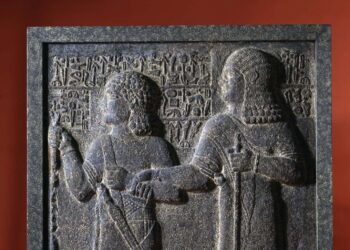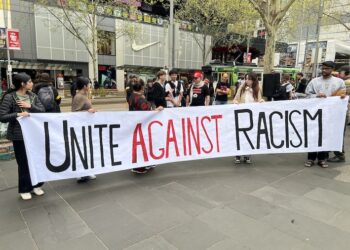September 30th, Canada pauses for the National Day for Truth and Reconciliation — a solemn day carved into the nation’s conscience, reminding us of wounds still healing and truths still demanding recognition.
A century ago, in the early 1920s, the banks of the Peel River near Fort McPherson in the Northwest Territories witnessed a heartbreaking scene. Dinjii Zhuh (Gwich’in) families stood in anguish as Anglican missionaries tore children — some barely two years old — from their parents’ arms and loaded them onto boats bound for St. Peter’s Indian Residential School in Hay River, nearly 2,000 kilometres away. The air was heavy with grief, fear, and a sense of helplessness. Parents knew their children were being taken into a system designed not to nurture them, but to erase them.
This was not an isolated tragedy. From the mid-1880s until the last residential school closed in 1996, the story echoed across Canada — from the Atlantic coast to the Prairies to the far North. More than 150,000 Indigenous children were placed in residential schools. Many never came home. Families waited in vain for their return, their silence pierced only by official denials and indifference.
The horror became undeniable just three years ago, when, on the eve of Canada Day celebrations, the country was shaken to its core. Social media overflowed with heartbreaking revelations of thousands of unmarked graves found at the former sites of residential schools. The discovery turned celebration into mourning. For many Canadians, anger boiled over — not just at governments and churches of the past, but at the systems of complicity and silence that allowed such cruelty to thrive for generations.
Let us be clear: residential schools were not mistakes or misguided efforts. They were deliberate tools of cultural genocide. Their mission was explicit — to dismantle Indigenous families, erase their languages, and break their governance structures by targeting the most vulnerable: children. The United Nations’ own definition of genocide includes “forcibly transferring children of the group to another group.” Canada’s residential schools fit that definition with chilling precision.
Today, more research is uncovering the full truth of what happened behind school walls. However, we must remember that it was survivors who first carried this truth, long before governments or institutions acknowledged responsibility. For decades, they spoke of trauma, abuse, hunger, and death. They bore the weight of memories most of us can hardly imagine — of friends who never returned, of siblings buried in unmarked graves, of a childhood stolen.
And yet, even in the face of overwhelming evidence, denial persists. There are those who dismiss the schools as “not that bad” or claim the accounts of suffering and death are “exaggerated.” Such denial adds fresh pain to survivors and hinders reconciliation. It allows ignorance to fester — ignorance sometimes rooted in inadequate education, sometimes in wilful blindness, and sometimes in the indifference of newcomers who may know colonialism from their own histories but not Canada’s.
But this is Canada’s story. It is not an Indigenous issue alone; it is a national issue — one of the darkest chapters in our collective past. Every Canadian, whether born on this land or newly arrived, carries a responsibility to understand it, to acknowledge it, and to ensure such history is never repeated.
The National Day for Truth and Reconciliation is not just about reflection — it is about commitment. Commitment to listening, to learning, and to standing with survivors and their families. It is about facing uncomfortable truths so that healing can begin, and so Canada can move toward a future built not on silence and denial, but on justice and respect.








